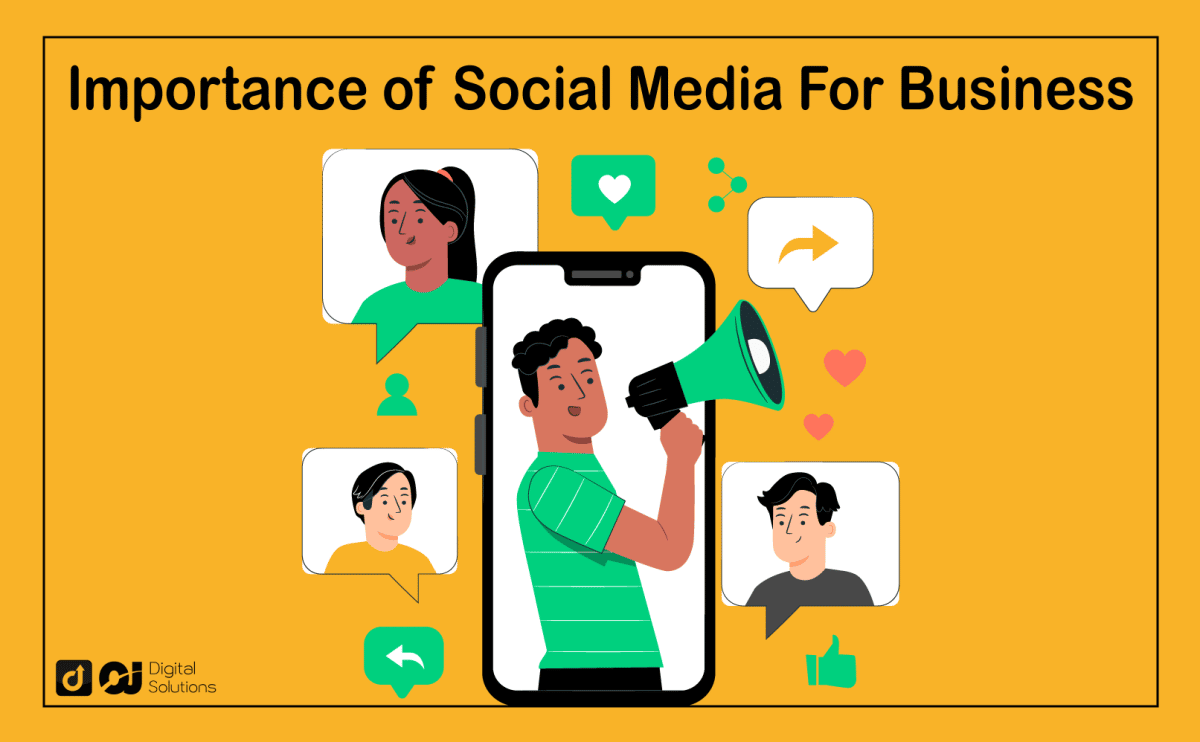All the most well-known companies worldwide have a robust social media presence.
You’ve come to the right place if you’re still unconvinced that social media is an excellent digital marketing tool for your business.
I’ve compiled several statistics and pacts to prove that social media is crucial for your business.
Let’s begin.
What Is the Importance of Social Media for Business?
Here are four reasons social media is vital for businesses.
1. It Generates Better Leads.
78% of people use social media to buy from brands.
Many marketers can use social media apps to their advantage by targeting potential customers based on the following characteristics:
- Age group (Millennials, Gen Zers, Gen Xers, etc.)
- Location
- Gender
- Occupation
- Marital or family status
- And more.
If you sell baby products specifically for babies, it would be better to target moms, right?
Effective social media marketing tactics target specific groups to avoid wasting precious resources on the wrong audience. Targeting a particular group helps ensure less waste for your social marketing efforts.
The beauty of social media networks is they let internet users connect based on their hobbies, likes, and other commonalities.
2. It Creates a Community.
Social media users make up 93.6% of total internet users.
Social media marketing helps create solid communities by encouraging users to talk about your brand or product.
This digital marketing strategy is one reason Apple has a persistent social media presence.
Users on Twitter, Instagram, TikTok, Facebook, and YouTube, talk about the iPhone.
You’ll see Tweets discussing iPhone specs, Instagram showing vivid photos caught on an iPhone, YouTube videos reviewing the iPhone, and more.
Social media users who join a community around your product help boost your brand’s presence and visibility.
Interact with your community and learn about their experiences, whether it’s positive or negative.
If you learn about a customer’s positive experience with your brand, share it with your community to boost your credibility.
If you receive negative feedback, do your best to resolve the issue immediately.
Your response to positive and negative feedback influences consumer decisions and dictates whether or not customers choose your brand over the competition.
3. It Improves Your Branding.
Almost 92% of marketers in companies with 100 employees or more use social media marketing strategies as per company expectations.
An effective social media marketing strategy is posting engaging content to attract customers.
Your brand is what people think of your business.
Internet users go on social media for brand discovery. They check brands’ social channels to determine whether or not it’s worth doing business with a specific brand.
When engaging customers, a brand that doesn’t use social media networks turns off and loses younger generations (Millennials and Gen Zers).
Some Baby Boomers likely won’t mind a business without a presence on various social channels, but younger generations usually do.
Each social media network attracts different types of customers.
As such, you must create engaging content focusing on your custom audience. Highlight your audience’s pain points, interests, and brand preferences. Doing so allows you to attract new customers and maintain existing ones simultaneously.
4. It Helps You Target the Right Audience.
Social media digital marketing strategies involve reaching people most likely to buy from your business. After all, the social media marketer of a real estate business wouldn’t try to promote a house to a 13-year-old.
Effective social media marketing employs the following techniques:
- Influencer marketing
- Social media advertisements
- Networking
- Content creation
Influencer Marketing
20% of marketers said they had the most ROI working with social media influencers on Instagram.
Influencer marketing means tapping an influencer on social media platforms to promote your product or service or increase brand awareness.
The social media influencer then creates visual content like Instagram stories, posts, or other types of content, like videos talking about, using, or directly promoting the product.
Major social networks often have influencers whom all types of businesses can tap into to promote their brand.
Get the right influencer to talk about your business. You can’t get a single person to promote a product suited for married individuals.
Social Media Advertising
77% of social media marketers attest to social media advertising’s effectiveness.
Ads on social media networks can be paid ads or native advertising.
Paid advertising lets the business target specific active users with profiles that fit their target audience.
Small businesses can use this technique to increase brand awareness and connect with more people. If you’re paying for advertising, learn how to use the right tools for your campaign.
Every platform has its approach to paid ads. Brands that don’t have the budget can use other ways to advertise.
Small businesses with little capital can use more marketing efforts to reach potential customers. They can use relevant keywords, hashtags, topics, or content to engage new audiences.
Every social network has a different algorithm, so effective strategies vary by platform.
Social Networking
80% of marketers say the best social media marketing involves funny content.
Leveraging a social network is a more organic way to connect with your target market.
A brand can foster positive relationships with potential customers through social media. Use this potent networking tool to communicate with your target audience.
One of the best social media strategies is providing value to the average user. You can influence their purchasing decisions by providing trustworthy advice to active users on social platforms.
For example, a brand selling bikes and bike parts can take advantage of Twitter by posting bike tips and advice with hashtags like #bikeproblems. You can also create a blog post about some of the most common problems and share the link online.
These natural interactions influence customers more than paid ads.
Social Media Statistics for Business
Based on the statistics I’ve shared, it’s clear that you must access social media to help your business.
Here are social media statistics from a HubSpot survey of over 300 social media marketers to change your mind.
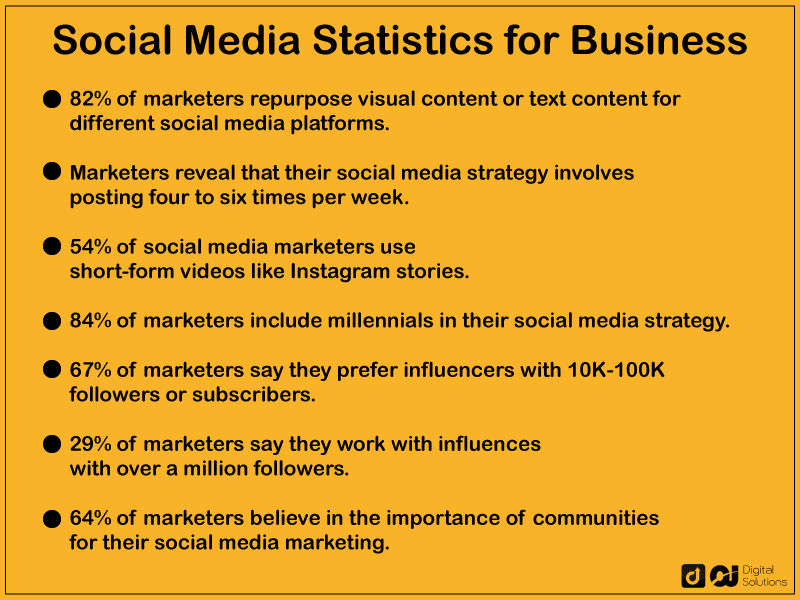
Let’s examine individual statistics to understand how social media marketing affects each platform.
Social Media Statistics
Facebook Statistics
- Facebook remains the platform with the largest user base, with 2.94 billion of the world’s population on Facebook.
- Facebook is a news source for 31% of Americans.
- 50% of marketers increased their Facebook, YouTube, and TikTok investments in 2022.
- 98.5% of Facebook users access the site through mobile devices.
- 70% of marketers use Facebook ads.
Twitter Statistics
- Twitter has 237.8 million daily active users.
- 79% of marketers want to use Twitter Spaces as part of their social media marketing strategies.
- Link clicks make up 92% of all tweet interactions.
- The most effective time to post on Twitter is 9 AM.
- 99% of marketers want to continue increasing their budget for social media marketing for Twitter.
- 93% of Twitter community members agree with brands that talk to them directly.
Instagram Statistics
- 58% of marketers used Instagram Reels for social media marketing.
- The highest demographic of Twitter users identifying as female is 17.1%, aged 25 to 34.
- The highest demographic of Twitter users identifying as male is 14.6%, aged 25 to 34.
- 98% of marketers say Instagram is best for influencer marketing.
- Video content on Instagram gets 21.2% more interactions compared to images at just 18.6%.
- 90% of Instagram users follow a business.
LinkedIn Statistics
- LinkedIn has over 875 million users.
- LinkedIn takes 32.2% of the total ad spending for B2B.
- 59.1% of LinkedIn users are between 25 and 34 years old.
- 87% of marketers say LinkedIn offers average or high ROI.
- 46% of all company website social media traffic comes from LinkedIn.
YouTube Statistics
- Many people use YouTube as a search engine.
- 44% of marketers used YouTube for the first time in 2022.
- 507.1 million users on YouTube are aged 25 to 34.
- 54.4% of YouTube’s users globally are male.
- There are 245 million active US YouTube users.
- YouTube Shorts gets 30 billion daily views from global users.
- 50% of social media markers increased their investment in 2022
TikTok Statistics
- 70% of TikTok users say they feel a deeper connection on the platform.
- 61% of marketers increased their TikTok marketing investment in 2022.
- Two out of three users spend on something while using TikTok.
- 32.5% of TikTok users in the US are between 10 and 19 years old.
- Users spend an average of 19.6 hours monthly on TikTok on Android mobile devices.
- The average engagement rate of TikTok is high at all follower levels.
Reddit Statistics
- Reddit had over 1.9 million Android and 15.2 million iOS users in the fourth quarter of 2021.
- 50% of marketers plan to increase their Reddit marketing investment.
- 23% of marketers tried Reddit for the first time in 2022.
- The majority of Reddit users in the US identify as male.
- Only 2% of social media marketers plan for Reddit to be their top investment in 2022.
- 49% of marketers buy paid ads on Reddit.
Other Statistics
On top of specific social media statistics per social media platform, other statistics support how a digital transformation through social media is advantageous for a business.
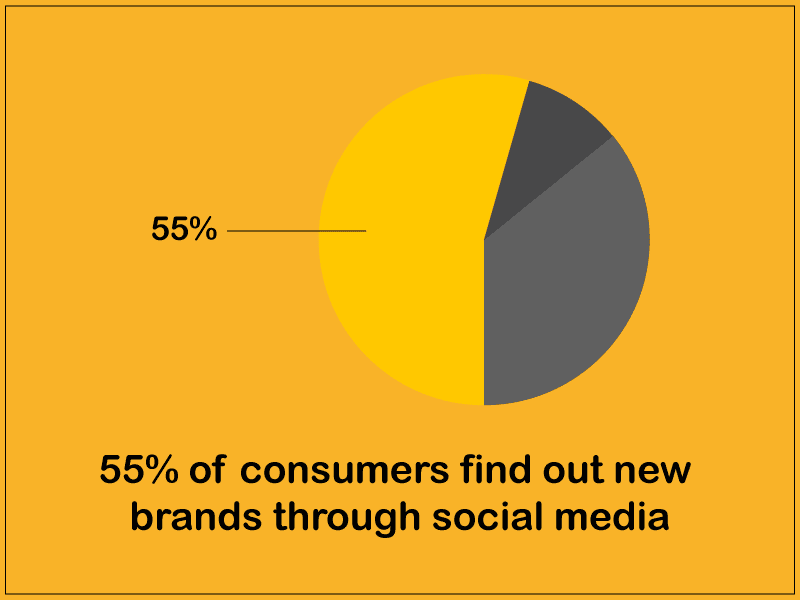
1- 55% Of Consumers Use Social Media for Brand Discovery.
Customers use social media to learn about or discover a new brand.
Social media users learn about brands through influencer marketing, paid ads, social networking, user-generated content, and more.
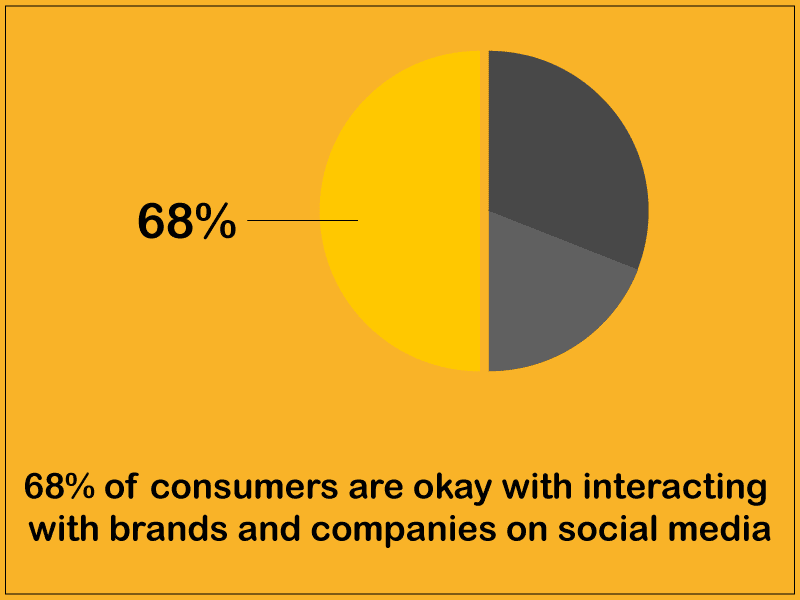
2- 68% Of Consumers Prefer Interacting With Brands on Social Media.
Not all consumers are comfortable communicating with a brand.
However, many consumers find it easier to communicate with a brand or business through social media.
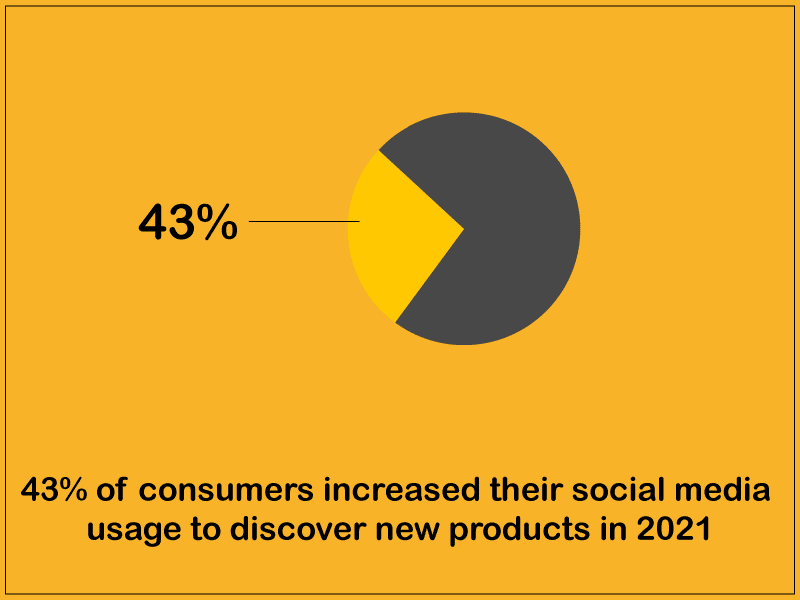
3- 43% Of Consumers Increased Their Social Media Usage To Discover New Products in 2021.
Social media usage varies by customer. Many customers use social media as a search engine to discover new products.
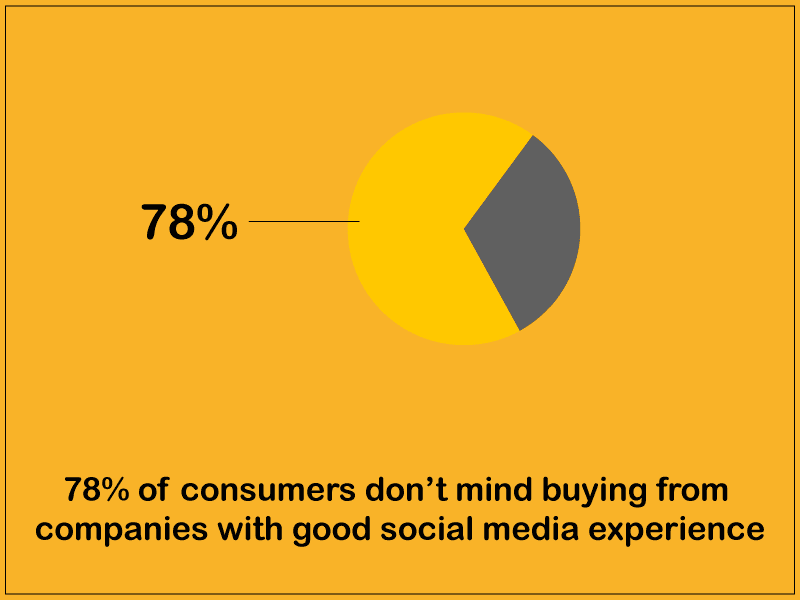
4- 78% Of Consumers Buy From Companies That Provide a Positive Social Media Experience.
Consumers expect brands to be responsive, engaging, and friendly on social media.
Many consumers will purchase from a company if they provide a positive social media experience.
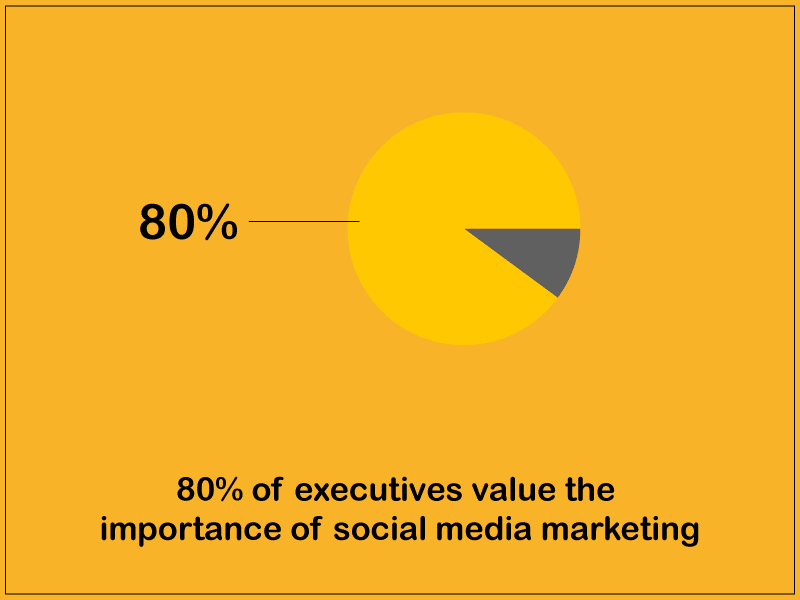
5- 80% Of Executives Value the Importance of Social Media Marketing.
A lot of business executives can see the value of social media marketing.
These high-level executives know social media’s power in affecting their business.
How To Use Social Media for Your Business
Social media is crucial for brands to stay competitive and profitable.
However, a social media profile isn’t enough to win the market.
Here are some ways your brand can maximize social media marketing.
Have a Solid Strategy for Creating Content.
When you create content, especially visual content, repurpose it for multiple social media platforms to save time and resources.
You can repurpose short-form videos for Instagram Reels, YouTube Shorts, or TikTok.
Adding text and hashtags to your videos also helps attract attention.
Here’s a social media strategy you can follow.

Tweet an idea to see if it engages your audience.
If it does, turn it into a Facebook, Reddit, or LinkedIn post.
You can also create a long-form video for YouTube.
You can chop the video into smaller short-form pieces and repurpose it for YouTube Shorts, Instagram, and TikTok.
You can even share your video content on other platforms like Twitter, Facebook, LinkedIn, and Reddit.
Test and Find Your Champion.
Contrary to popular belief, you don’t need to be on all social media platforms to succeed. You just need to be on the ones that your target audience use. The most successful platform is where you get the most consumers and where people spend more on your business.
Test and experiment to see which social media work best for you. A good rule of thumb is to test the market for a year and apply the best strategies to see which ones work.
If you find out that you are earning more from one platform and are on a modest marketing budget, it would be practical to focus your resources on that platform because it works.
Find the Right Balance Between Promotion and Community.
Your social media strategy should allow you to reach new customers and maintain the interest of existing ones to build brand loyalty.
Determine the social media platform where you get the most engagement and nurture it. Creating a solid community increases your chances of fostering customer loyalty.
For example, you can create a Facebook group or Subreddit and invite everyone who purchases to join and share their experience.
The more buyers talk about their positive experiences, the more likely they will invite new buyers. Word-of-mouth is still a forceful marketing tool in today’s digital age.
A business focusing purely on promotion can be very cringey, especially when negative feedback bombards its community.
Qualitative vs. Quantitative Approach
The success of social media marketing depends on the efficacy and scale of your strategy.
Every business is different, so there’s no one-size-fits-all approach. However, the most critical things are the marketing strategy’s quality and reach.
Qualitative Approach to Social Media Marketing
The qualitative approach involves non-negotiable elements you want customers to know about your business.
Think of social media as your physical store.
You’d want your physical store to have a clear and easy-to-understand sign, a logo accurately representing the business, and products that make customers want to return and spread the word.
You can apply the same concepts to social media.
You want your branding on social media to properly represent your business. This branding may include design and content that explains your business and sets it apart from the competition.
Follow these steps to create a qualitative marketing strategy.
- Determine your non-negotiables (displays trust, fun but professional, luxurious, etc.).
- Develop a standard for your content (you can’t post content that doesn’t have x, y, and z elements).
- Gather references for content you want to emulate.
- Create templates for your content (color schemes, tone, hashtags, image guidelines, etc.)
- Create samples made that your marketing team can follow.
Quantitative Approach to Social Media Marketing
The quantitative approach considers metrics for measuring the success of a campaign. This approach is critical when running ads.
Once you have a qualitative approach, take a quantitative one by measuring different key performance indicators (KPIs).
You can divide KPIs into three segments:
- Reach
- Engagement
- Conversion
Reach KPIs
- Impressions – refer to a post’s visibility on someone’s timeline or newsfeed.
- Follower count – refers to a social media account’s number of followers.
- Audience growth rate – refers to the rate at which a channel’s follower count grows.

- Reach – refers to the number of people who’ve seen your post since you published it.
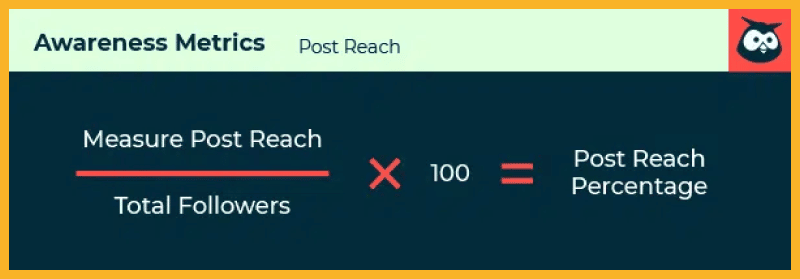
- Potential reach – refers to the number of people a post could reach.
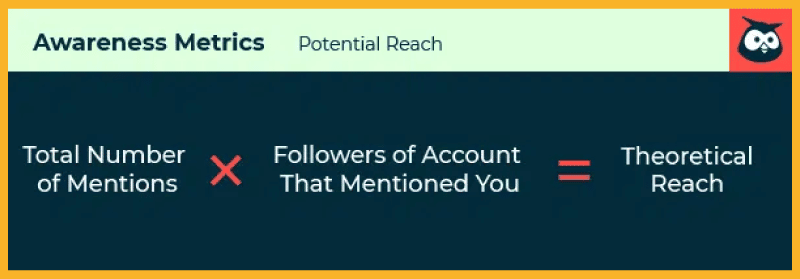
- Social share of voice – refers to the number of people who mention your brand compared to competitors.
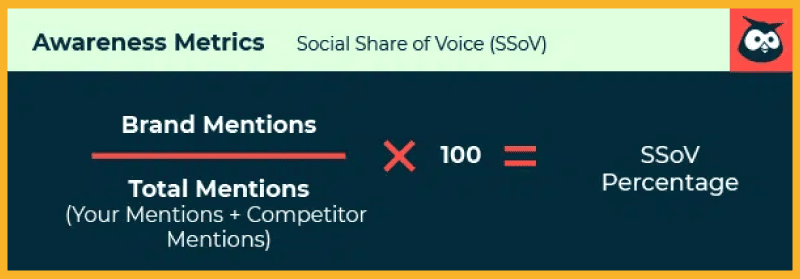
Engagement KPIs
- Likes – refers to the number of people who’ve “liked” or upvoted your post.
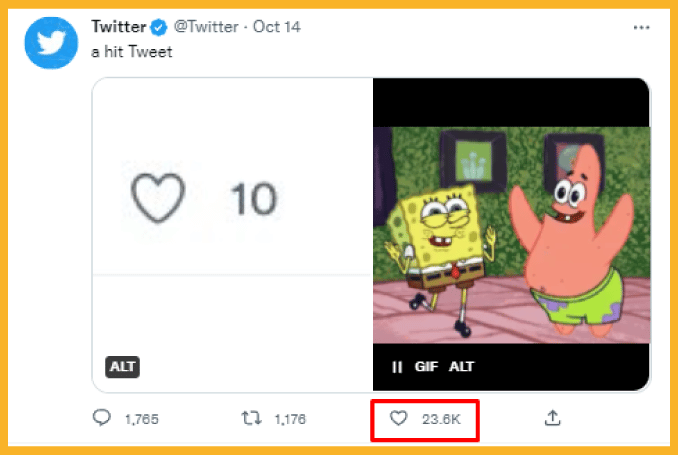
- Comments – refers to the number of comments on a specific post.
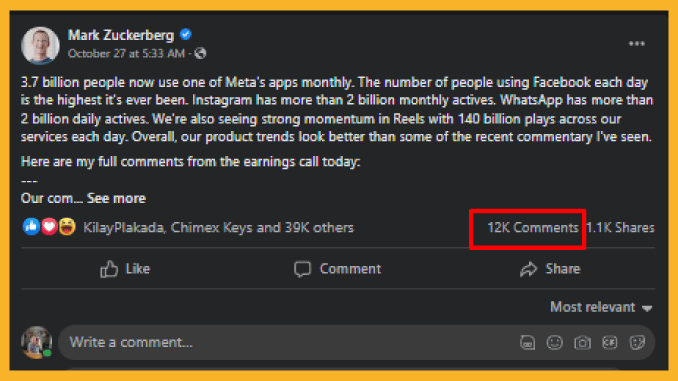
- Applause rate – tracks specific positive interactions, including likes, saves, retweets, favoriting, and more.
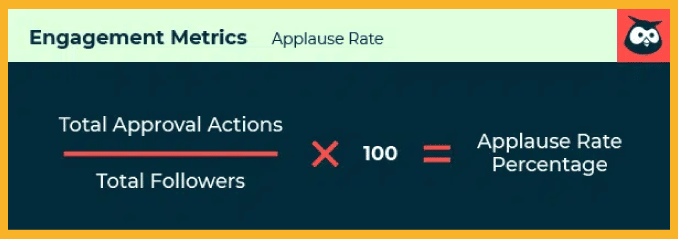
- Average engagement rate – divides total engagements by the number of followers.
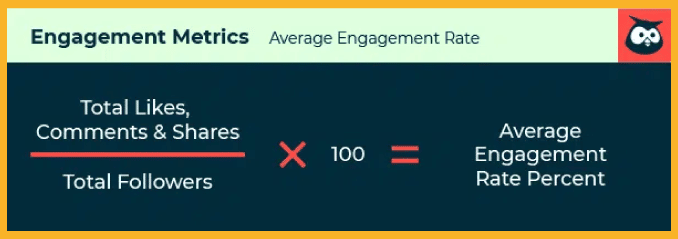
- Amplification rate – refers to the rate at which followers share content.
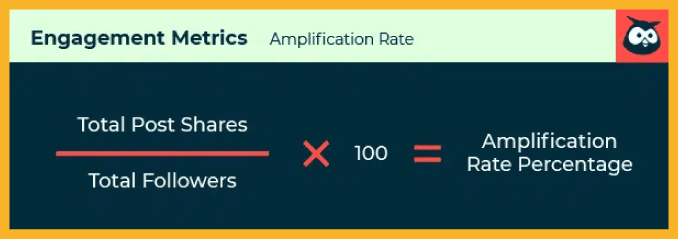
Conversion KPIs
- Conversion rate – refers to the number of people who follow your social media call-to-actions (CTAs)
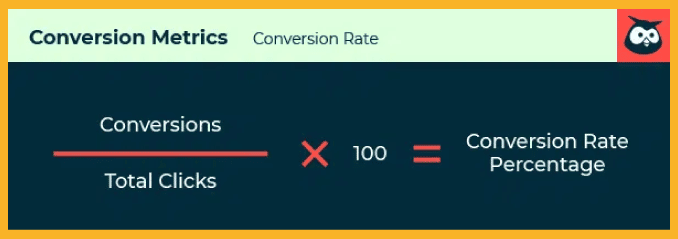
- Click-through rate (CTR) – refers to the percentage of people who view your post and click the CTA.

- Bounce rate – refers to the percentage of people who click the link but leave without completing an action.
- Cost per click (CPC) – refers to the amount spent per click on paid ads.
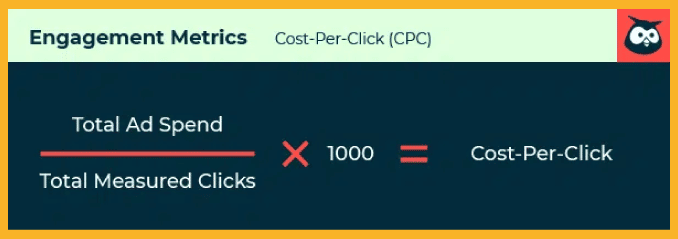
- Cost per thousand impressions (CPM) – refers to how much you spend every 1000 scrolls past a sponsored post.

These KPIs will help you make better marketing judgments and allow you to determine the best ways to spend resources.
Furthermore, knowing which platform is best for your brand will help you focus your resources and maximize returns.
The Bottom Line
I hope I’ve emphasized why your business needs social media marketing.
The statistics and facts I mentioned make it clear that social media is among the best marketing tools you can use for your brand.
If you run an online business and want more information, online grocery shopping statistics might interest you.

